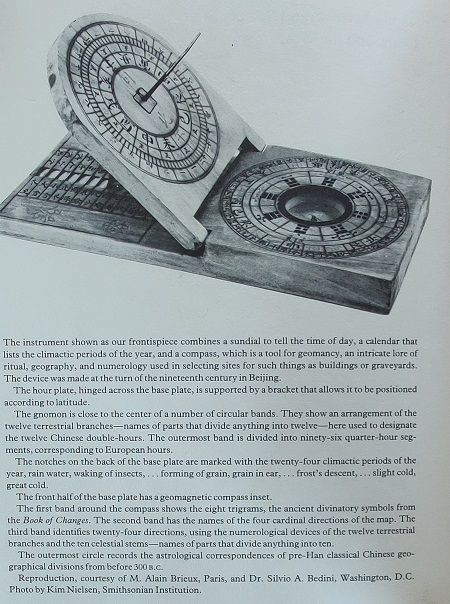If all the numbers in the 21x21 magic square are reduced to their Pythagorean root number, the He Tu pairing emerges. In addition, the 3x3 magic square appears along the major diagonal that runs from the upper right to the lower left corner cells. The He Tu pairing can be found in the 3x3, the 9x9, the 15x15, the 21x21 and the 27x27 magic squares.
The magic
constant of this square is (21)(221) = 4,641; every row, column, and major diagonal sum to this number. Note the cross of
odd numbers that run through the horizontal and vertical axis of the square.
Every number one is paired with every number six and so on for two-six, three-seven and four-nine. The pattern that emerges is different for each square the pairing occurs in.
This post demonstrates that the He Tu pairing is to be found in the Luo Shu magic squares.
Note: There are some unpaired numbers along the borders of the magic square. Keeping in mind the magic square is the two dimensional image of a torus, the numbers that are unpaired actually have their paired mate located at the opposite border in the same row or column so in three dimensions the pairing is complete. Five is unpaired as it represents the central pivot.
As stated above, the pairing can be found in several squares, beginning with the 3x3 M.S. and skipping every six orders so the next magic square that the He Tu will be discovered is the 9x9 M.S.
This proves that the He Tu pairing originates from the Luo Shu format of magic squares. This assertion has been made previously by Lars Berglund in his book, The Secret of the Luo Shu, Numerology in Chinese Art and Architecture (1990). Berglund puts forward his theory but offers no evidence, now we have the evidence.
















